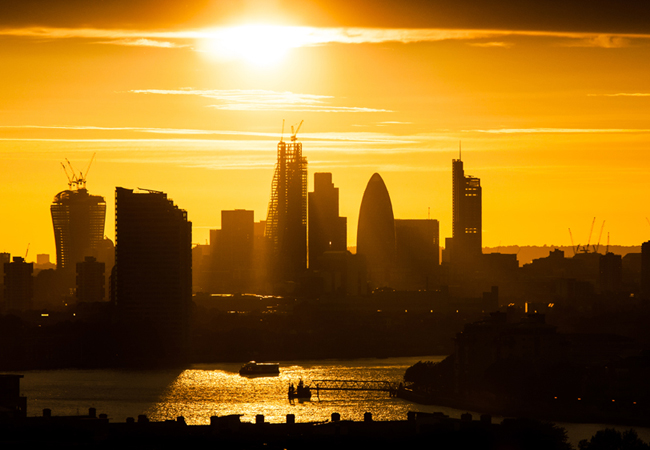
Man-made climate change made the extreme heatwave that hit the United States and central America in June 35 times more likely, according to a new academic analysis.
In the past month there have been heatwaves across the northern hemisphere. During the first half of June, more than 1,200 daytime and nearly 1,800 night-time high-temperature records were tied or broken in the United States, according to the National Centers for Environmental Information.
The maximum temperature hit 52°C on 13 June, in Mexico, a record for the month in the country.
The maximum temperatures seen in May and June are four times more likely than they were in 2000, according to an analysis carried out by the World Weather Attribution global network of climate scientists.
Human-induced warming from burning fossil fuels made the maximum daytime temperaturein June about 1.4°C hotter and 35 times more likely, the network has calculated.
Extreme heatwaves have also been experienced in other parts of the world, including India and Pakistan.
Parts of northern India, including Delhi, recorded maximum temperatures of around 44-45°C for several weeks.
Widespread use of cooling appliances, such as air conditioners, has led to electricity consumption soaring to record levels, prompting a spate of power cuts in the country’s capital.
The Caribbean, meanwhile, has had the earliest category-five Atlantic hurricane since records began around a century ago.
Exceptionally high sea-surface temperatures in the Atlantic are believed to be a key reason why Hurricane Beryl has been so powerful.
Islands across the region have experienced maximum sustained wind speeds of more than 160mph (257km/h).




